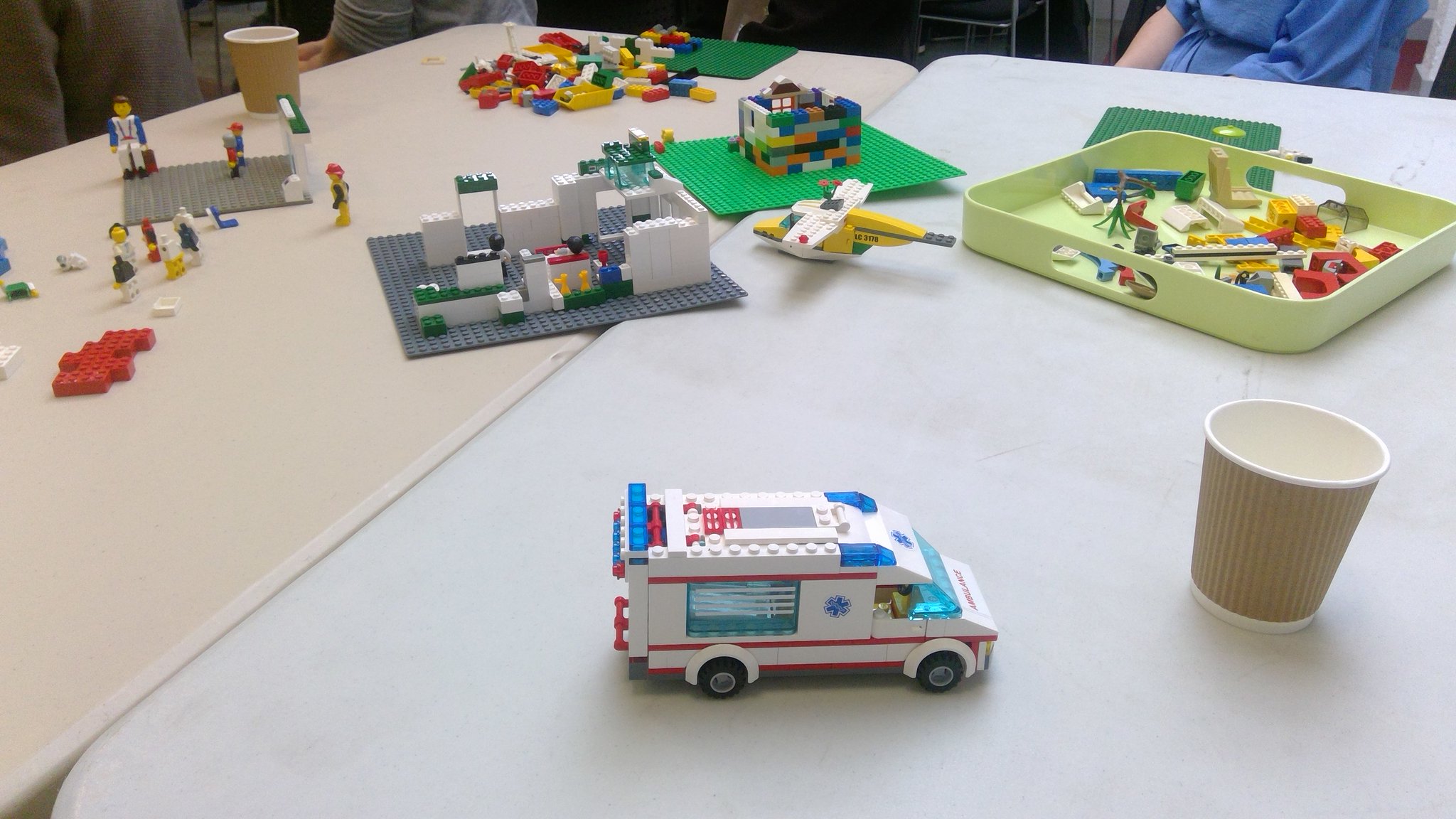Authors: Jo Rose and Beth Hardy
Department of Health Sciences, University of York
Abstract
Humans have played games for centuries and many games have been developed for learning. Only recently, however, has the theory of gamification emerged. Gamification is the use of game mechanics to non-game activities in order to influence people’s behaviour (Beza, 2011). The principal idea behind gamification is that game design and game elements confer such power to people that it can transform their relation with services, products, policies or even everyday tasks that can be monitored tracked and modelled within a ‘gamespace’ (Beze, 2011). Gamification enables gamers to test theories and ideas with a freedom to fail without real world consequences, and with real-time feedback. This enables gamers to learn from mistakes and errors. Gaming can engender emotional activation – compared with games, reality can be depressing whereas gaming can facilitate the gamer to optimistically explore real world problems and solutions. Game design can be such that it is individuals competing against each other and the game or that teams must work together to complete the game. Finally, gamification provides a sense of control with the gamer as the decision-maker (Kapp, 2012). The department of Health Sciences has developed a number of Lego games for students with the aim of amongst others, promoting team work and collaboration, problem solving, innovation and an understanding of different methods of decision-making. This session will see participants engaging with different games to promote the skills noted above, and to provoke identification of opportunities to introduce gaming into other lessons and disciplines.
Report
Chair: Stephanie Jesper
Dr Jo Rose and Dr Beth Hardy from the Department of Health Sciences had a guaranteed lure for this workshop: Lego! Why Lego? Because it helps test out ideas and decisions, and sparks innovation and critical thinking, without the threat of real-life consequences. In this workshop we explored two applications of Lego as a means to exploring difficult real-world problems:
Game 1: Disaster
Last year there were 850 disasters across the globe, killing 10,400 people and doing billions of dollars worth of damage. These disasters are not “natural”: they’re the result of the human world, its actions and its inactions. Poverty, for instance, is a fundamental cause of vulnerability. And resilience is not merely the opposite of vulnerability: preparedness requires the dissemination of information, and there’s a responsibility to “build back better”. Disaster response is a social, environmental, physical and political action, but so is the disaster itself.
All these factors come to play on Disaster Island, a Lego paradise on the brink of disaster. There’s a volcano that might erupt at any time; a fault-line that could bring about earthquake or tsunami; flood, cyclone, wild fires… is Disaster Island equipped to mitigate these natural hazards? And is it prepared for the impending zombie apocalypse? A card tells you the situation, and then it’s up to you and your fellow island-mates to collaborate in order to identify and assess the threats and risks, and then to act to protect as much as is possible, considering future vulnerabilities along the way.
Game 2: Going Home
Mary has a terminal illness and has been told that she is approaching the end of her life. She has expressed a wish to live out her last days at home. Our challenge is to build what needs to be in place to facilitate that wish to be at home at the end of her life. In this game, Lego might represent physical things (an ambulance, perhaps) or more abstract aspects (spirituality; a process or plan).
End of life services can be fragmented, and collaboration can be a challenge. Lego enables us to explore the complexity of care from different points of view. On our table we began by dismantling Mary’s house and rebuilding it to best meet her limitations of movement and her health needs. And it wasn’t just Mary’s needs we had to consider. Mary had a husband in the mix too. We couldn’t just leave him lying there on the table, so we built him a shed so he could keep out of the way when he felt the need. Only later did we begin to realise that we’d rebuilt the hospital Mary didn’t want to be in and destroyed the home she’d loved. Lego enabled us to reach this realisation in a profoundly simple way.
End of life care is a difficult subject to discuss. We’re not good at talking about death at the best of times. And yet ‘gamifying’ it with Lego gave us a medium with which to think about things one-removed. We could play with ideas with a degree of safety. And it also served as an ice-breaker of sorts, too: as we played with the Lego we began to question our approaches, add new elements, and before we knew it we were talking about the topic in some detail. In this way, Lego served as a catalyst, enabling us to explore the complexity of end of life care from a range of perspectives in a comfortable and convivial environment.
